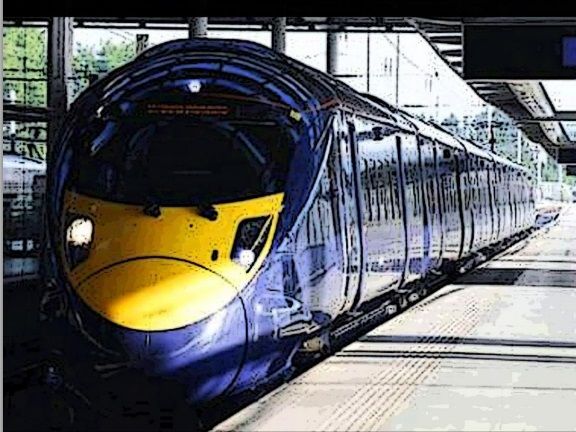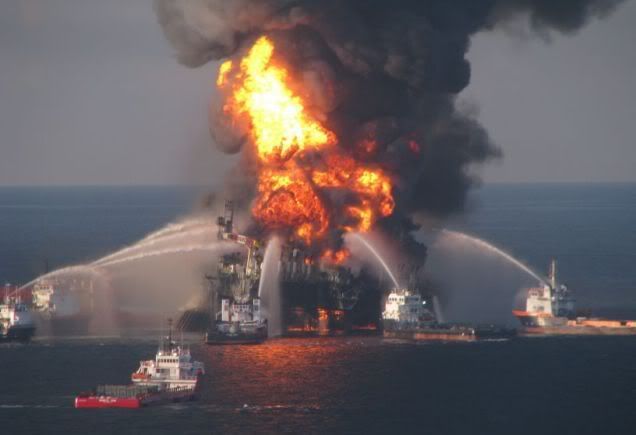 The Salt Lake Tribune adopts the familiar mode-warrior framing in comparing rail and upgraded buses, typically called “BRT” for “Bus Rapid Transit”:
The Salt Lake Tribune adopts the familiar mode-warrior framing in comparing rail and upgraded buses, typically called “BRT” for “Bus Rapid Transit”:
The Utah Transit Authority figures the many new rail lines it opened in the last three years attracted $7 billion to $10 billion worth of new development near stations as a side benefit to improving transportation. Since it spent $2.4 billion on those lines, it sounds like a good return on investment.
But a new study says governments get even more bang for their buck in revitalizing areas if they instead build “bus rapid transit” (BRT) systems. While far cheaper to construct, they attract just as much development.
… which elicits a measured response from the UTA:
The UTA says there is no need for buyer’s remorse for its new TRAX, FrontRunner and streetcar projects – because they do more than revamp areas. But UTA adds that BRT is a focus of its future plans. It is sort of a TRAX on rubber wheels where buses have exclusive lanes, passengers buy tickets from vending machines before boarding on platforms, and buses have priority at intersections.
The “odds and sods” system in the US for funding transit improvements encourages this type of mode-warrior framing … which mode delivers more:
- … bang for the buck
- … diversion of motorists to transit
- … Greenhouse Gas Emissions reduction
- … development impact
- … reduction in the annual slaughter of Americans by motorists
- … amenity to the rider
- … farebox revenue
- … (and etcetera and etcetera) …
And that framing for studies like the one that the Institute for Transport and Development Policy is presently promoting, claiming that BRT delivers 31x the bang for the buck that rail does.

 Last week,
Last week,  In the online support for the April, 2013 Scientific American article on Energy Return on Investment (EROI), Scientific American online interviewed Charles Hall, developer of the EROI concept, on whether Fossil Fuels will be able to maintain economic growth. In one of his answers, Charles Hall responds to the question:
In the online support for the April, 2013 Scientific American article on Energy Return on Investment (EROI), Scientific American online interviewed Charles Hall, developer of the EROI concept, on whether Fossil Fuels will be able to maintain economic growth. In one of his answers, Charles Hall responds to the question:
Recent Comments